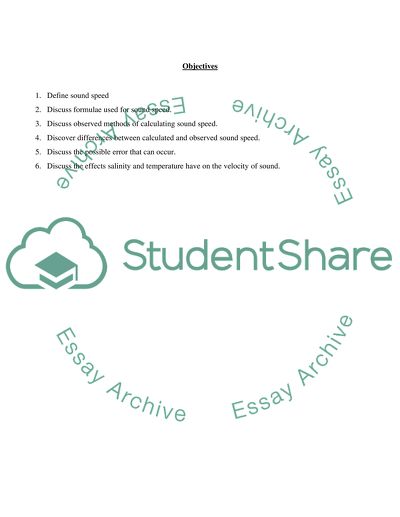Cite this document
(“Calculated Versus Observed Underwater Sound Speed Essay”, n.d.)
Calculated Versus Observed Underwater Sound Speed Essay. Retrieved from https://studentshare.org/science/1508512-calculated-versus-observed-underwater-sound-speed
Calculated Versus Observed Underwater Sound Speed Essay. Retrieved from https://studentshare.org/science/1508512-calculated-versus-observed-underwater-sound-speed
(Calculated Versus Observed Underwater Sound Speed Essay)
Calculated Versus Observed Underwater Sound Speed Essay. https://studentshare.org/science/1508512-calculated-versus-observed-underwater-sound-speed.
Calculated Versus Observed Underwater Sound Speed Essay. https://studentshare.org/science/1508512-calculated-versus-observed-underwater-sound-speed.
“Calculated Versus Observed Underwater Sound Speed Essay”, n.d. https://studentshare.org/science/1508512-calculated-versus-observed-underwater-sound-speed.


